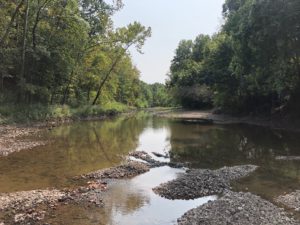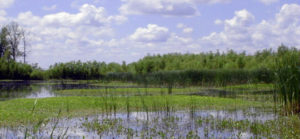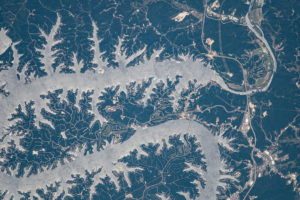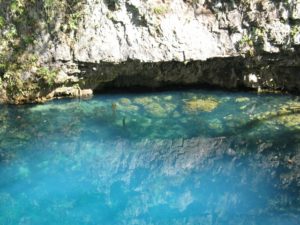Restoring the Clean Water Act
In November 2021, the Environmental Protection Agency and the Department of the Army announced the repeal of the previous administration’s Navigable Waters Protection Rule (NWPR) AKA the “Dirty Water Rule” and proposed a rule that would restore the pre-2015 definition of Waters of the United States (WOTUS), as informed by recent Supreme Court decisions. The NWPR removed protections for the small streams, wetlands, and abundant karst water features that supply Missouri drinking water, support Missouri farms and businesses, provide outdoor recreation opportunities, and make our state a special place to live. Our waters are undeniably interconnected: allowing the pollution of small streams and wetlands compromises the health of communities downstream. MCE believes this rulemaking is an important first step towards improving the health of our waters and restoring bedrock science to how we define WOTUS, but the Environmental Protection Agency and the Department of the Army must further clarify that the WOTUS definition will provide critical protections to the waterbodies listed below.
The WOTUS definition is meant to clarify what types of waters are protected under the Clean Water Act. Learn more about how the Clean Water Act has evolved over time here.
Missouri stories matter. We encourage you to tell EPA why keeping these waters healthy is important to you by sharing your comments today! The deadline to submit comments is Monday, February 7 at 11:59 PM EST. Feel free to use these talking points for inspiration.
Talking Points

Headwater streams
Missourians want clean water protection that starts at the source! Headwater streams are the small streams and wetlands at the highest end of a watershed. Approximately 2.4 million people in Missouri get some or all of their drinking water from systems relying on intermittent, ephemeral, or headwater streams. Since water travels downhill, healthy water at the headwaters is critical to healthy water downstream.

Wetlands
Wetlands are nature’s flood control, storing and filtering water while supporting diverse ecosystems. Missouri has developed almost 90% of its wetlands, and left many remaining wetlands unprotected, leaving our state vulnerable to devastating floods. As climate change makes flooding more frequent and severe, we’re relying on WOTUS to make it crystal clear that wetlands will be protected.

Impoundments of small streams
Missouri is home to thousands of lakes and ponds, many of which are formed by an impoundment: damming of a river, creek, stream, or ephemeral or intermittent headwater. Pollutants rapidly accumulate in closed-off bodies of water like lakes, ponds, and impoundments so it’s critical to protect these waters in WOTUS.

Altered waterbodies
Many waterbodies have been altered by manmade structures, like the River Des Peres in St. Louis, Missouri. While alterations may change their appearance, they still function a lot like other waters by carrying nutrients, sediments, and pollution downstream. We’d like to see altered waterbodies clearly protected in the revised definition of WOTUS.

Waters that flow through karst features
Missouri is renowned for its unique karst landscape, which produces features like sinkholes, karst wetlands, gaining and losing streams, and springs like the beautiful Blue Springs in Eminence, Missouri. Water may not flow constantly through some of these features, but they are directly connected to waters downstream and underground. Intermittent waters need clean water protections.

Waters of the United States in Missouri provide economic and recreational benefits worth protecting
From paddlers to anglers to outfitters, Missouri is home to outdoor enthusiasts who use our waters to spend a Saturday or make a living. Outdoor recreation activities bring billions of dollars and thousands of jobs to Missouri each year. Keeping our waters healthy is critical to the state economy.
How To Submit Comments
You can submit your comments by clicking the green ‘Submit a Formal Comment’ button here. After clicking the button, you can type or copy and paste your message into the ‘Comment’ box. You also have the option to upload a file – like an image of your favorite Missouri wetland or stream.
Be sure to thank the Environmental Protection Agency and the Department of the Army for the opportunity to comment. It’s important to sign your name and where you’re from (for example: Cape Girardeau, MO) so they know Missourians are advocating for our waters!
Don’t want to submit your comments online? You can find instructions for alternative ways to submit comments here.
